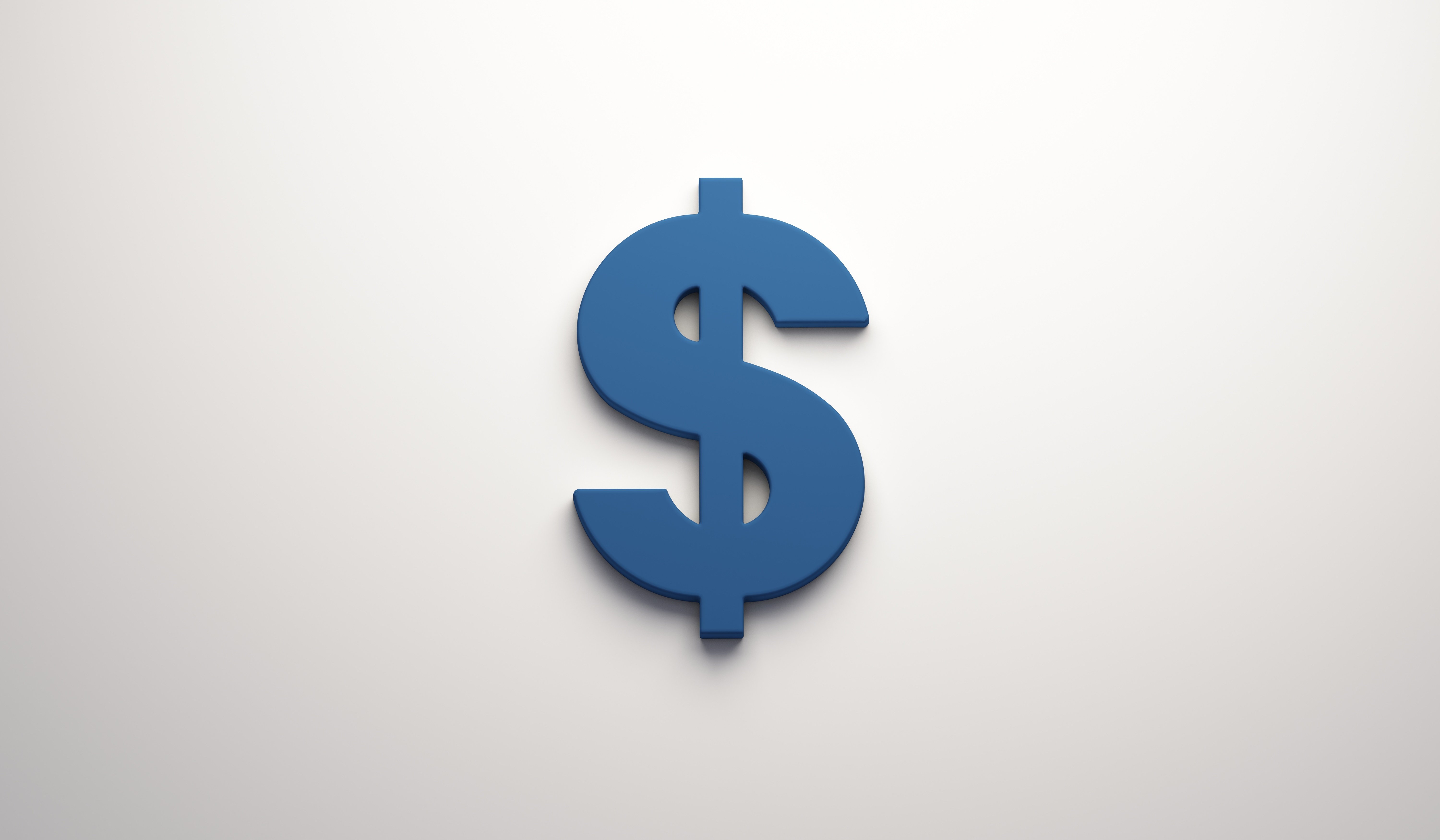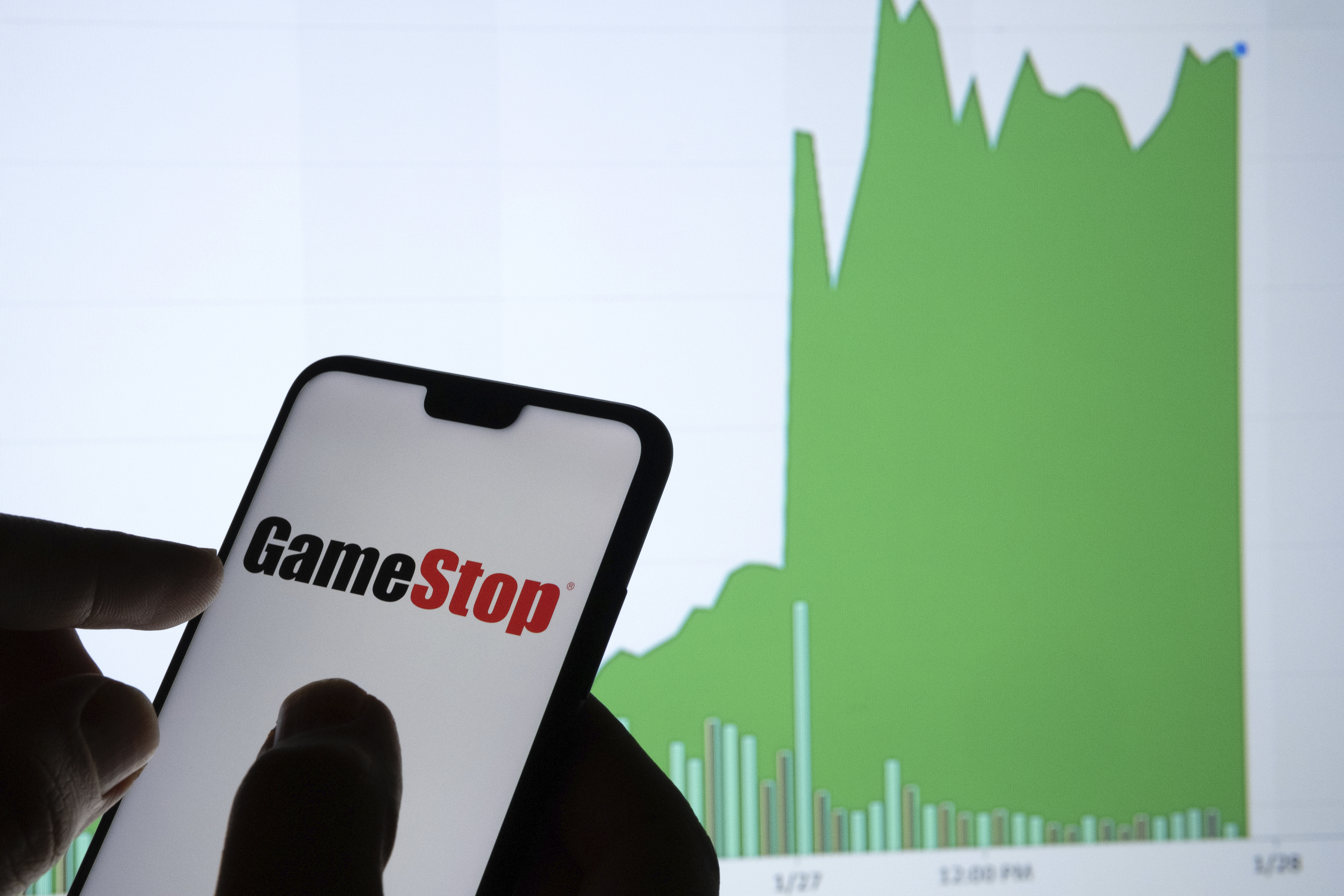Understanding Fees: Mutual Funds & ETFs
By Justin Boller on Jun 19, 2020

I was recently watching a news program in which a commentator generalized Exchange Traded Funds (ETFs) as “cheap” and mutual funds as “expensive”. Too often, we dismiss all ETFs as index following and therefore “cheap” and all mutual funds as being actively managed and therefore “expensive”. In reality, an ETF or a mutual fund is simply a packaging solution that can contain a variety of assets and styles of investing. In order to properly assess whether a particular solution is priced appropriately, we must first dissect the package to understand which investments are included and how they are managed.
The biggest cause for differences in fund pricing is whether the fund is actively managed or passively follows an index. An actively managed fund often requires research, expertise, and active trading in the fund to execute on the strategy. This differs from a passive strategy that simply replicates an index thereby avoiding the need for expertise or research and has infrequent trading requirements. Not surprisingly, passive funds are a lot less expensive than active funds.
This difference in pricing is evidenced not only in ETFs, but in mutual funds as well. In a review of the 609 mutual funds and ETFs in the Morningstar Large Cap Blend Category, there are 211 index funds and 398 actively managed funds. The passive index funds had an average expense ratio of 0.30% whereas the active funds averaged 0.89%.
Breaking those statistics down further, we find the average passive index fund expense ratio that is packaged as an ETF is 0.31% while the average passive index fund packaged as a mutual fund is 0.28%. In this case, the average mutual fund is cheaper than the average ETF, which runs counter to the generalized assumptions we often hear in the news.
On the active side, the average active ETF in the category runs at an expense ratio of 0.81% while the average active mutual fund runs at 0.89%. Noticeably higher than the passive funds, but between ETFs and mutual funds there is not much disparity in the pricing.
While it is prudent for investors to be price conscious in selecting which funds to implement, it is important to understand that packaging is just packaging and does not represent the nature of the underlying investment. A more expensive fund may be worth it if you feel there is ample expertise to deliver the desired outcomes to an overall portfolio.
Learn more about Liquid Strategies and our offerings.
The assertions and statements in this blog post are based on the opinions of the author and Liquid Strategies. The examples cited in this paper are based on hypothetical situations and should only be considered as examples of potential trading strategies. They do not take into consideration the impact that certain economic or market factors have on the decision making process. Past performance is no indication of future results. Inherent in any investment is the potential for loss.
- October 2025 (3)
- August 2025 (1)
- July 2025 (3)
- May 2025 (1)
- April 2025 (7)
- March 2025 (2)
- February 2025 (1)
- January 2025 (1)
- November 2024 (1)
- October 2024 (1)
- July 2024 (2)
- April 2024 (1)
- January 2024 (1)
- November 2023 (1)
- October 2023 (1)
- August 2023 (1)
- July 2023 (1)
- April 2023 (1)
- January 2023 (1)
- November 2022 (1)
- October 2022 (2)
- July 2022 (1)
- April 2022 (1)
- March 2022 (2)
- February 2022 (3)
- January 2022 (3)
- November 2021 (1)
- October 2021 (3)
- September 2021 (1)
- July 2021 (1)
- May 2021 (1)
- April 2021 (1)
- March 2021 (3)
- January 2021 (3)
- December 2020 (3)
- October 2020 (3)
- September 2020 (2)
- August 2020 (4)
- July 2020 (6)
- June 2020 (4)
- May 2020 (4)
- April 2020 (4)
- March 2020 (14)
- February 2020 (9)
- January 2020 (3)
- December 2019 (1)
- November 2019 (1)
- October 2019 (1)
- July 2019 (1)
- April 2019 (1)
Subscribe
You May Also Like
These Related Posts

ETF Ecosystem

Not All Fun & Games(top)

